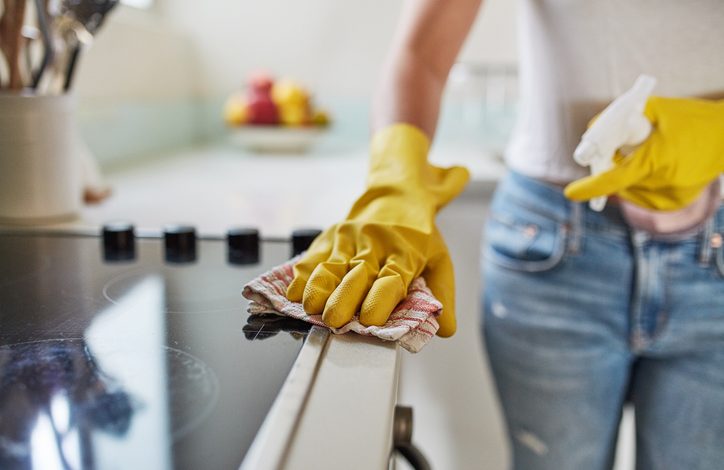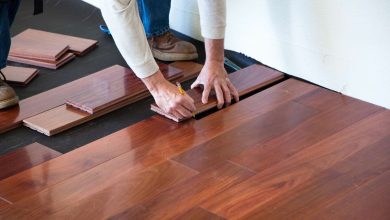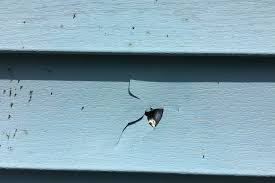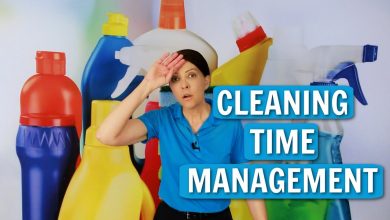How Long After Pest Control Can You Clean?

If you’ve recently had a treatment done by a Sammamish pest control company, you may wonder when it’s safe to start cleaning your home again. While regular cleaning is essential, jumping back into it too soon can reduce the effectiveness of the pest control treatment. Here’s a comprehensive guide on when and how to clean your home after pest control to ensure the treatment remains effective while keeping your space tidy.
Wait for the Pest Control Spray to Dry
The first step after a pest control treatment is to allow the spray to dry completely. This can take anywhere from 30 minutes to a few hours, depending on factors like the type of treatment and climate conditions. Your pest control technician will often provide specific drying times, so be sure to follow their advice carefully. Avoid wiping down or mopping treated surfaces—especially around baseboards and wall edges—since these areas often form a protective barrier to deter pests from entering your home.
Light Cleaning After a Few Days
Once the spray has dried, light cleaning can usually begin after three to five days. During this time, it’s fine to dust furniture or vacuum lightly, but it’s essential to avoid scrubbing floors, baseboards, or walls. Cleaning these areas too soon may disrupt the pesticide residue that plays a crucial role in keeping pests at bay. If vacuuming carpets, consider using a low setting to avoid disturbing the perimeter where the pest control products were applied.
Deep Cleaning After Two Weeks
For more extensive cleaning, it’s recommended to wait around two weeks. By this point, the treatment will have fully settled, allowing for maximum effectiveness. Now, you can mop floors, clean cabinets, and wipe down walls and other surfaces. However, avoid harsh chemicals or strong cleaning agents, as they may interfere with the pesticide’s properties. Opt for mild soaps and warm water for most surfaces to avoid reducing the pest control’s potency.
Be Cautious in the Kitchen
Kitchens are typically treated in cracks and crevices rather than on open surfaces, but it’s still a good idea to take precautions with food and cooking areas. If there was any exposed food during the treatment, it’s best to dispose of it. Additionally, wash any utensils, dishes, or cooking tools that may have been left out. Clean countertops and food prep areas with a simple soap-and-water solution to ensure they’re safe for use.
Keep Your Home Dry
Moisture is a major attractant for pests, particularly after a pest control treatment. Many pests seek out water sources, especially after exposure to pesticides, as they try to counteract the effects. To help prevent pests from coming back, ensure there is no standing water in sinks, bathtubs, or other areas where water can accumulate. Drying these areas regularly can also make your home less appealing to pests that might otherwise return.
Monitor for Dead Bugs
It’s normal to see an increase in pest activity shortly after a pest control treatment. This happens because the pesticides drive pests out of their hiding places. You may notice dead bugs around your home for a few days to a week, a positive indication that the treatment is working. Regularly sweep up any dead pests but avoid intense cleaning in treated areas, as this could reduce the effectiveness of the pest control products.
Follow Technician Instructions
Every pest control treatment varies depending on the type of pest, treatment methods, and specific conditions in your home. Always follow the instructions provided by your pest control technician, as they know the best practices to ensure long-lasting results. They may offer additional advice tailored to your home and specific pest situation, helping you avoid any actions that could reduce the benefits of the treatment.
Additional Tips for Post-Treatment Care
- Ventilate Treated Areas: After treatment, open windows and turn on fans to help disperse any lingering fumes. This also helps the residue settle more quickly, ensuring the chemicals dry effectively and safely.
- Keep Children and Pets Away from Treated Zones: For at least a few hours after the treatment, keep children and pets out of treated areas to prevent exposure and to preserve the effectiveness of the pest control.
- Regularly Clean Food Preparation Areas: Clean and sanitize food prep areas before each use to prevent contamination, even if these areas were not directly treated. This extra step is essential for food safety.
- Monitor Entry Points: To reduce future pest invasions, check for and seal any entry points, such as cracks around windows and doors or gaps in walls. Keeping your home sealed helps maintain the results of your pest control treatment.
The Importance of Patience
While it’s tempting to return to your normal cleaning routine, patience is essential after a pest control treatment. Waiting the appropriate amount of time before deep cleaning will allow the pesticides to work effectively, giving you the best results. Most modern pest control treatments work gradually, which means it may take a few weeks for the full effects to become apparent. During this period, increased pest visibility is common, as pests are driven out of hiding by the treatment.
Creating a Pest-Free Environment
Maintaining a clean and pest-free home after a professional treatment involves strategic cleaning and regular upkeep. By allowing time for the treatment to work, you support its long-term effectiveness, creating an environment where pests are less likely to return. A successful partnership with a Sammamish pest control company means working together to keep your home protected while following these best practices for post-treatment care. With careful attention to timing and a balanced cleaning approach, you can enjoy a pest-free, comfortable living space.




